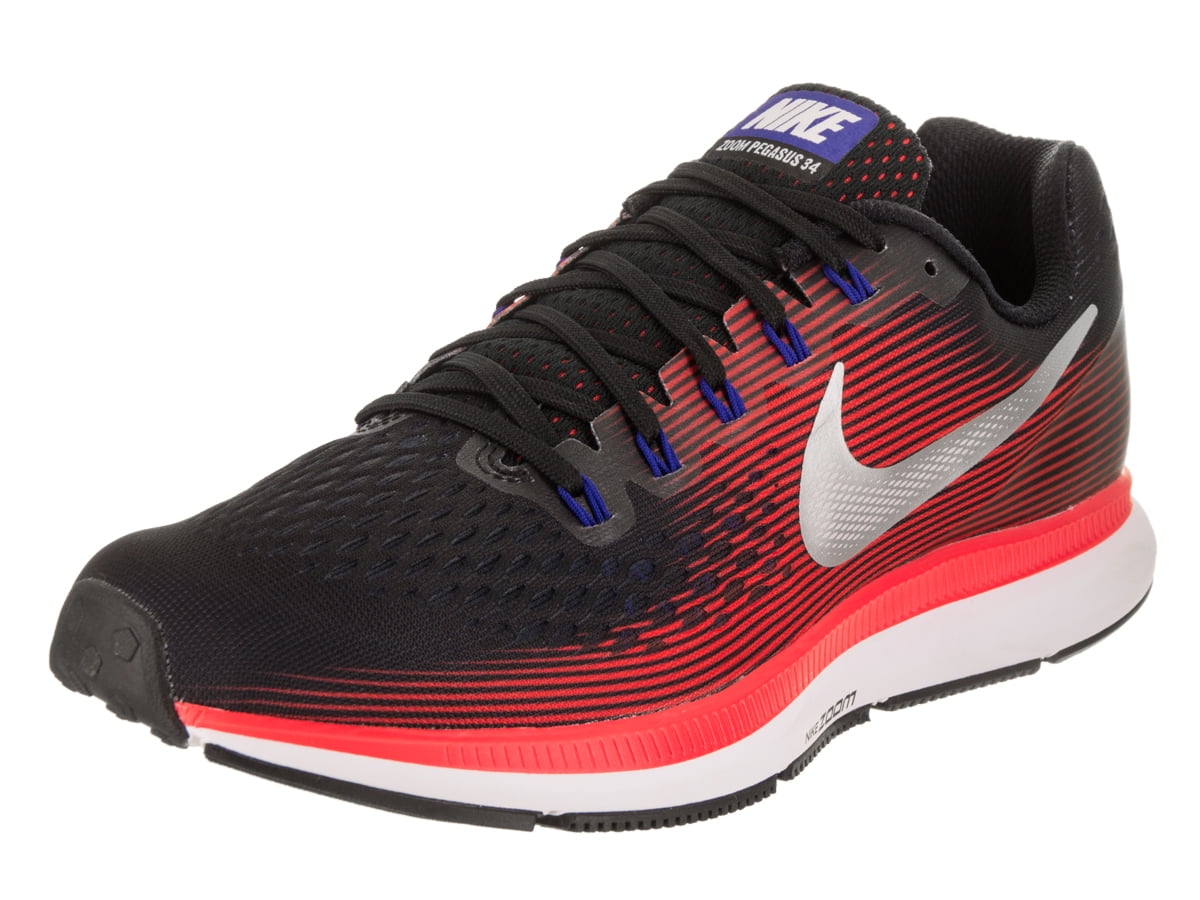
Nike slimmed down the tongue to trim a bit of weight from the shoe, and they gave it an asymmetrical shape at the top for more coverage on the outside of your ankle.Īnother unique feature of the Pegasus is the heel collar. One feature our testers like is the new tongue. Each cable loop anchors under the footbed, which lets you tighten the laces as much as you want without pulling on the mesh alone. There are four sets of cables that reach up like fingers around your midfoot. To cinch the laces, Nike also used its Flywire cables around the midfoot. “Even with wider feet, this shoe feels really comfortable.” “Because it doesn’t lace that far down the shoe, it doesn’t squeeze the widest part of my foot,” he says. A Fleet Feet tester says he likes the natural feel of the forefoot. Using only five lace holes frees up the forefoot, so the only thing that has to bend when you toe off is the supple mesh. The Peg 36, though, only has five standard holes and an empty sixth at the top of the shoe. Many running shoes employ six standard lacing holes up each side and an empty seventh hole at the top to give runners a way to tweak the fit if they need to. That decision gives the shoe a snug feel around your midfoot, and it keeps the tongue from moving around when you're running. Inside, designers sewed the tongue into a mesh bootie.

The single piece of mesh not only gives the shoe a clean look, but it keeps weight down by foregoing any overlays or external supports. Nike wrapped the entire shoe in a seamless engineered mesh upper. And designers tailored the fit to meet that goal. The Pegasus 36 is meant to be a fast, streamlined running shoe.


 0 kommentar(er)
0 kommentar(er)
